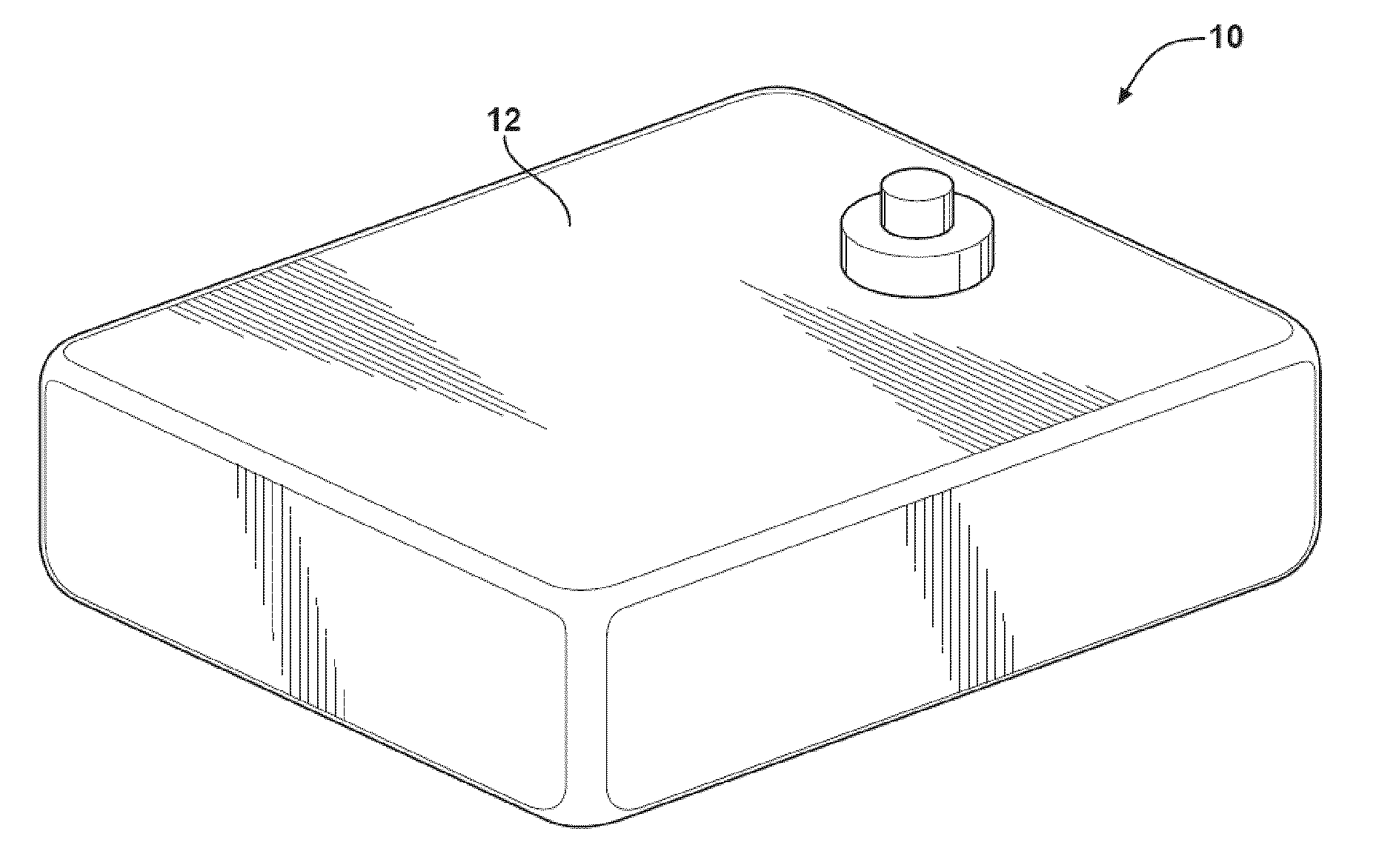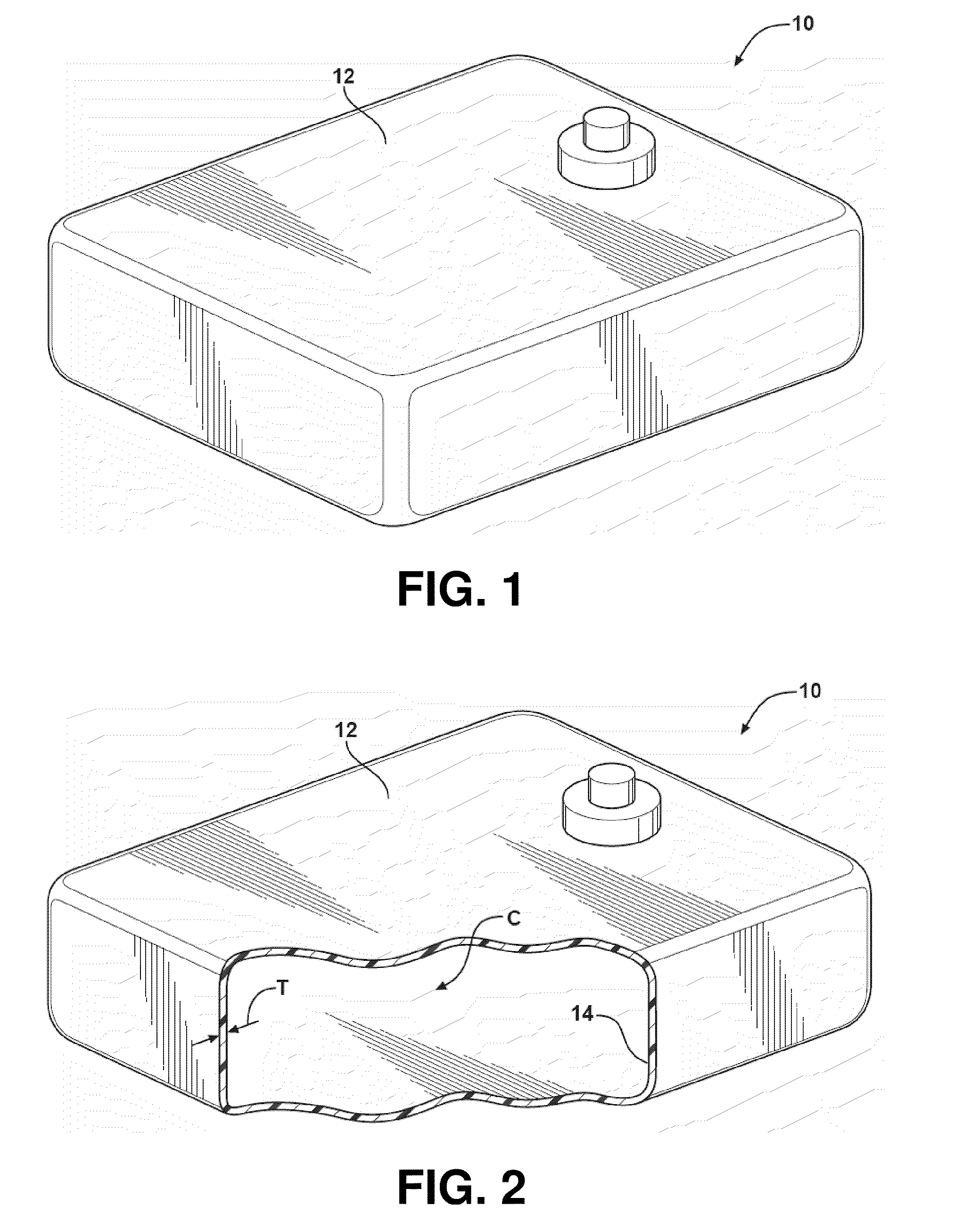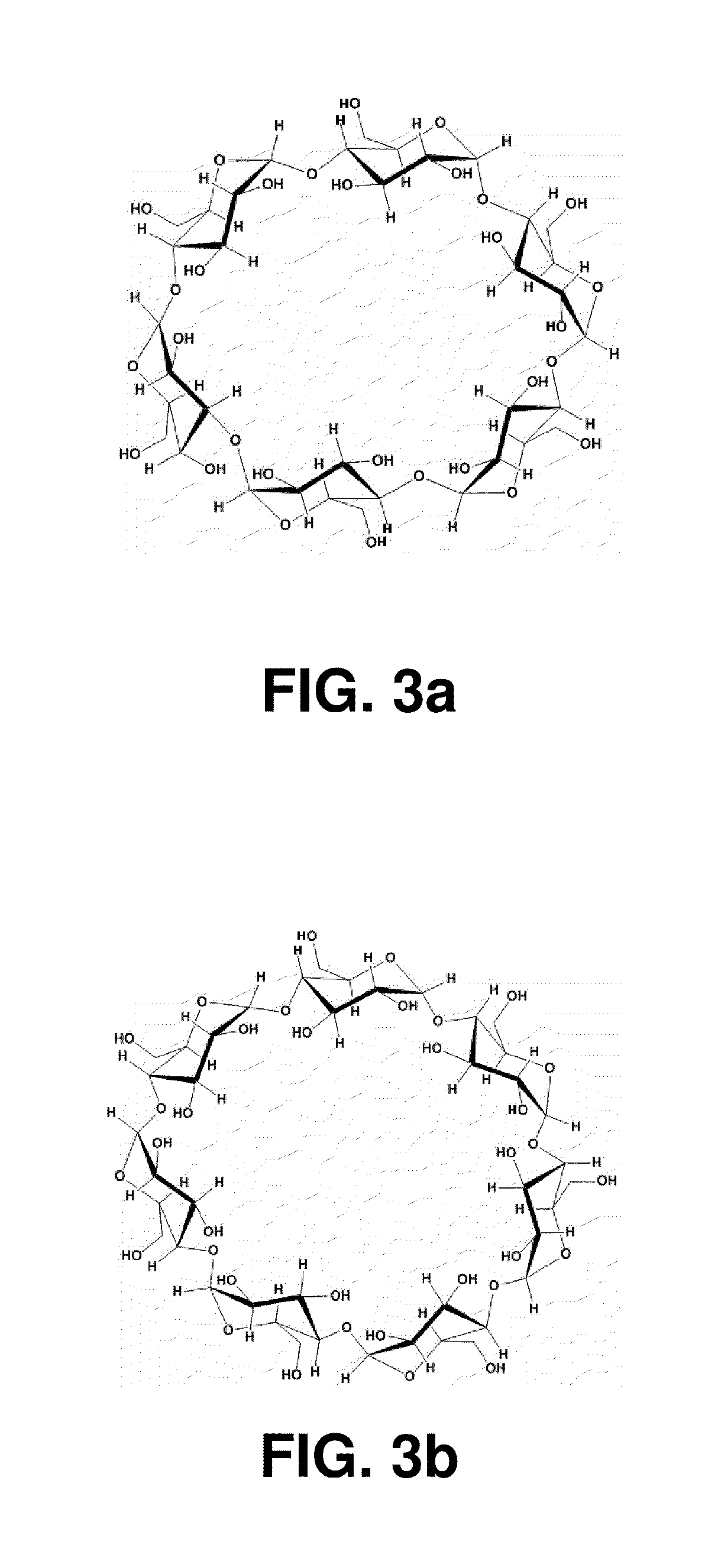Single layer fuel tank
a single-layer fuel tank technology, applied in the direction of rigid containers, packaging, synthetic resin layered products, etc., can solve the problems of contaminated fuels, heavy weight of fuel tanks, and high production costs of fuel tanks formed from polyamides, etc., to reduce weight, increase chemical resistance, and contribute to strength and structural resilience of single-layer fuel tanks
- Summary
- Abstract
- Description
- Claims
- Application Information
AI Technical Summary
Benefits of technology
Problems solved by technology
Method used
Image
Examples
examples
[0058]The following Examples demonstrate the efficacy of this invention but are not intended to limit this invention in any way. In a first series of examples, tensile bars are formed and used to demonstrate reduced extraction of polyamide oligomers therefrom. In a second series of examples, single layer fuel tanks are formed and used to demonstrate that fuel contained therein includes a minimized amount of extracted polyamide oligomers. In addition, the fuel from the single layer fuel tanks can be passed through a fuel filter with minimized clogging and minimized flow rate reduction.
Formation of Tensile Bars: Reduced Extraction of Polyamide Oligomers
[0059]Two tensile bars (Tensile Bars 1 and 2) are formed and include the polyamide component, impact modifier, and binding filler of this invention. An additional comparative tensile bar (Comparative Tensile Bar 1) is also formed but does not include the binding filler of this invention. Compositions used to form the Tensile Bars 1 and ...
PUM
 Login to View More
Login to View More Abstract
Description
Claims
Application Information
 Login to View More
Login to View More - R&D
- Intellectual Property
- Life Sciences
- Materials
- Tech Scout
- Unparalleled Data Quality
- Higher Quality Content
- 60% Fewer Hallucinations
Browse by: Latest US Patents, China's latest patents, Technical Efficacy Thesaurus, Application Domain, Technology Topic, Popular Technical Reports.
© 2025 PatSnap. All rights reserved.Legal|Privacy policy|Modern Slavery Act Transparency Statement|Sitemap|About US| Contact US: help@patsnap.com



